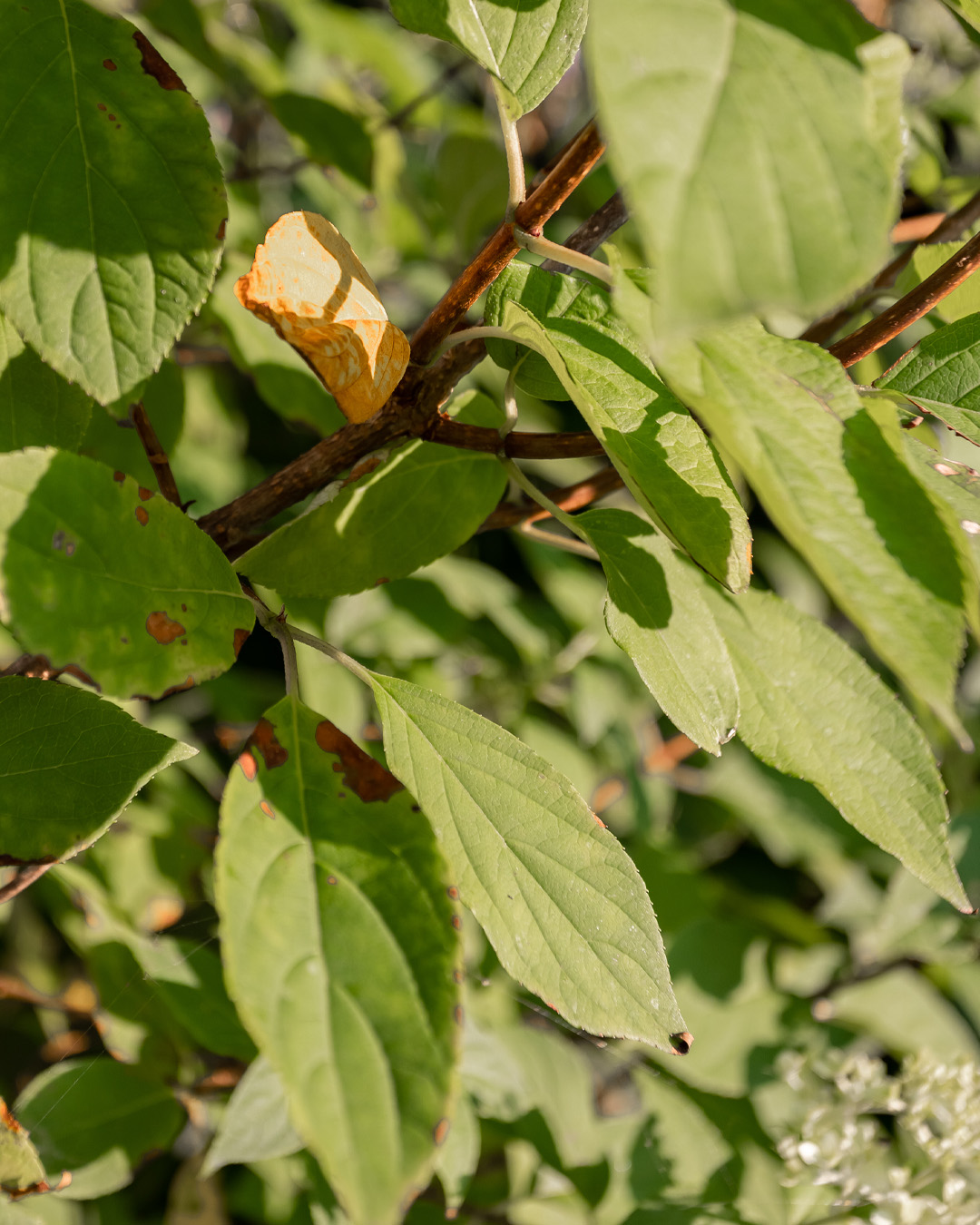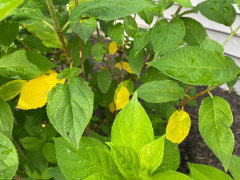Hydrangea Leaves Turning Yellow for Beginners
The smart Trick of Hydrangea Leaves Turning Yellow That Nobody is Discussing
Table of ContentsSome Known Factual Statements About Hydrangea Leaves Turning Yellow Not known Details About Hydrangea Leaves Turning Yellow The Facts About Hydrangea Leaves Turning Yellow RevealedHydrangea Leaves Turning Yellow Fundamentals Explained
Huge leaves commonly look droopy throughout the afternoon warmth. When they fall short to perk up in the evening or still look wilted in the early morning, your plant might be overwatered.Get rid of the plant from the soil and trim out any roots that aren't white and swollen (plump). Replant in a brand-new area or function some sand into the soil for much better water drainage.
Include a little bit of distilled water, mix the ingredients, and drain pipes the extra water. Put a p, H testing strip in and await an analysis. Conversely, you can utilize an low-cost dampness and ph screening meter which will certainly additionally can be found in useful later on when you desire to check your plant for underwatering and overwatering.
The very best means to do that is with soil amendments. Sphagnum moss or peat moss protects against the soil from compacting and betters soil drain while likewise increasing the dirt's level of acidity. You can scatter sulfur chips in your hydrangea dirt. The easiest means is to merely make use of a plant food that assists maintain the proper acidity in the soil while also feeding the plant.
The Best Guide To Hydrangea Leaves Turning Yellow
This is one excellent factor to repot houseplants on a regular basis (though there are others, such as origin growth for instance). It is also why houseplants require a much stricter feeding regular than many outside plants. When a hydrangea houseplant lacks nutrients, its leaves will certainly be the very first to reveal the indications.

You will certainly additionally need to feed the plant by hand and regular intervals. When springtime starts in March, it's the active expanding period for many houseplants, consisting of hydrangeas.
The dripline is the location located under the vegetation that is the outermost far from the facility of the plant. So instead than using feed to the facility of the plant it is best to concentrate it mainly in the external areas of the pot. If you prefer to utilize a slow-release plant food such as granular or spike plant food, after that cover either type with some soil after you put them.
Examine This Report on Hydrangea Leaves Turning Yellow

The hydrangea is remarkably frost-resistant, when temperature levels begin obtaining into the 20s, the plant is in significant threat. If the temperatures remain in the low 10s, that risk is a lot more extreme still. Undoubtedly this is more of an interest in outside plants so if you keep potted hydrangea outside you must bring them inside your home in really cool weather problems or even take into consideration transferring them inside throughout of the winter months.

A dried hydrangea, A big issue with several houseplants is root rot. Root rot happens when you overwater a plant and due to the fact that it is such an usual problem (particularly with succulents) many houseplant proprietors are scared of overwatering their plants. Nevertheless, hydrangeas need more watering that the majority of various other typical houseplants and can end up being dried out when they are underwatered (Hydrangea Leaves Turning Yellow).
Some Known Facts About Hydrangea Leaves Turning Yellow.
They need massive quantities of water, but they likewise despise to grow in standing water or water soaked dirt. Be absolutely certain that your visite site hydrangea is dried out because of an absence of water and not due to it be provided excessive water (more on this later). Realize before you order that watering can that an overwatered hydrangea displays the exact same signs as an underwatered one! Though overwatering is a significant issue if you cut corners on its water demands also a little bit, your hydrangea will be fast to reveal it.
The very best means to determine if your hydrangea is undersea is to examine the dampness degrees in the soil. By utilizing an efficient but economical dampness and p, H tester, or by sticking your finger into the soil, you will rapidly tell if the plant needs water. So, to get your hydrangea watering habits on the right track, you require to be conscious regarding the wetness levels in its dirt.
When you remove Our site your finger from wet soil it will certainly have percentages of dirt residue stuck to it. Dry soil will indicate your finger comes out tidy or with dry soil that is quickly surprised. If it's damp, and the plant has yellow leaves after that the plant has actually likely been overwatered and you will certainly require to comply with the suggestions given up the section listed below.